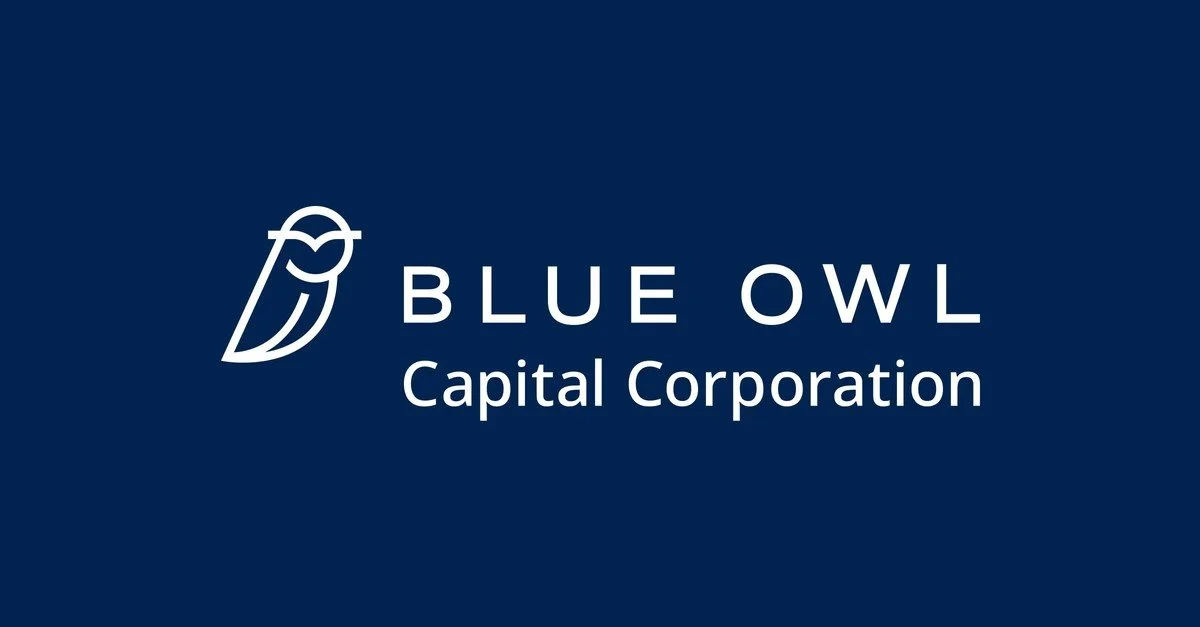ZTS | Q4 2024
The content provided on this website, including any communications, posts, videos, social media interactions, and other materials, is for informational and educational purposes only. It should not be considered as financial or investment advice. Read our full disclaimer here.
Links
Link to Transcript
Link to Presentation
Overview
Non-GAAP EPS of $1.40 beats by $0.06.
Revenue of $2.3B (+5% Y/Y) in-line.
Takeaways
Zoetis (ZTS) finished 2024 with another strong year, pulling in $9.3 billion in revenue, an 8% increase overall and 11% growth after adjusting for currency fluctuations.
The company’s companion animal business absolutely crushed it, growing 14%, thanks to the continued success of Simparica Trio, Librela, Solensia, and its dermatology treatments. Livestock also did well, up 5%, even after selling off part of its business.
On the bottom line, adjusted net income jumped 15% to $2.7 billion, and adjusted EPS climbed 17%.
Zoetis also did well by shareholders, returning $2.6 billion through buybacks and dividends, including a 15% dividend increase.
Comparing geographies, the U.S. business grew 11%, while international markets were up 10%, showing strong demand across the board.
Simparica Trio led the charge, crossing $1 billion in global sales and growing 28%. The market for triple combination pet treatments is taking off, with over 50% of U.S. puppies now on these meds.
Zoetis is confident this market will more than double to $4.5 billion by 2028, and its three-year head start on competitors puts it in a great position to stay on top.
The company’s osteoarthritis (OA) pain treatments, Librela and Solensia, had a breakout year, growing 80%.
Librela’s U.S. launch was the most successful in company history, making it the fourth-largest product in Zoetis' pet care lineup in less than a year. Meanwhile, Solensia has redefined how vets treat OA in cats, helping drive more feline vet visits and increasing awareness around chronic pain management.
Over 25 million doses of these treatments have been distributed worldwide, showing just how much pet owners value new options for pain relief.
Dermatology was another bright spot, with revenue up 17%. Even though 25 million dogs have already been treated with Zoetis' itch meds, the company sees plenty of room to grow, with the total market expected to hit $2.5 billion by 2028. There are still 20 million dogs worldwide that are untreated or undertreated, giving Zoetis a long runway for future growth.
On the livestock side, Zoetis saw 5% growth, exceeding expectations despite selling off part of its medicated feed business in Q4. The company remains committed to livestock health, focusing on vaccines and disease prevention while phasing out older, lower-growth products.
During the Q&A session, Peck was asked about the state of the pet population now that the COVID pet adoption boom has leveled out. She said that, historically, pet ownership stays pretty stable, with no major declines expected.
What’s really driving the industry’s growth isn’t the number of pets, but how much people are willing to spend on them. Millennials and Gen Z are delaying kids but embracing pets as family, and as pets age, they need more medical care.
With 86% of pet owners saying they’d spend whatever it takes to care for their pets, Zoetis sees strong long-term demand for its treatments.
With that in mind, Zoetis expects another year of solid growth in 2025, with its Simparica, dermatology, and OA pain franchises all expected to post double-digit gains. Zoetis also plans to keep investing in R&D while rewarding shareholders, with a $6 billion share buyback program already in place.
All in all, 2024 was a great year for Zoetis, and 2025 should bring more of the same. With strong financials, an innovative product lineup and pipeline, and a pet-loving customer base willing to pay for premium care, Zoetis is well-positioned for long-term growth.




Revenue of $1.88B (+4.4% Y/Y) beats by $10M. Non-GAAP EPS of $1.96 beats by $0.09.